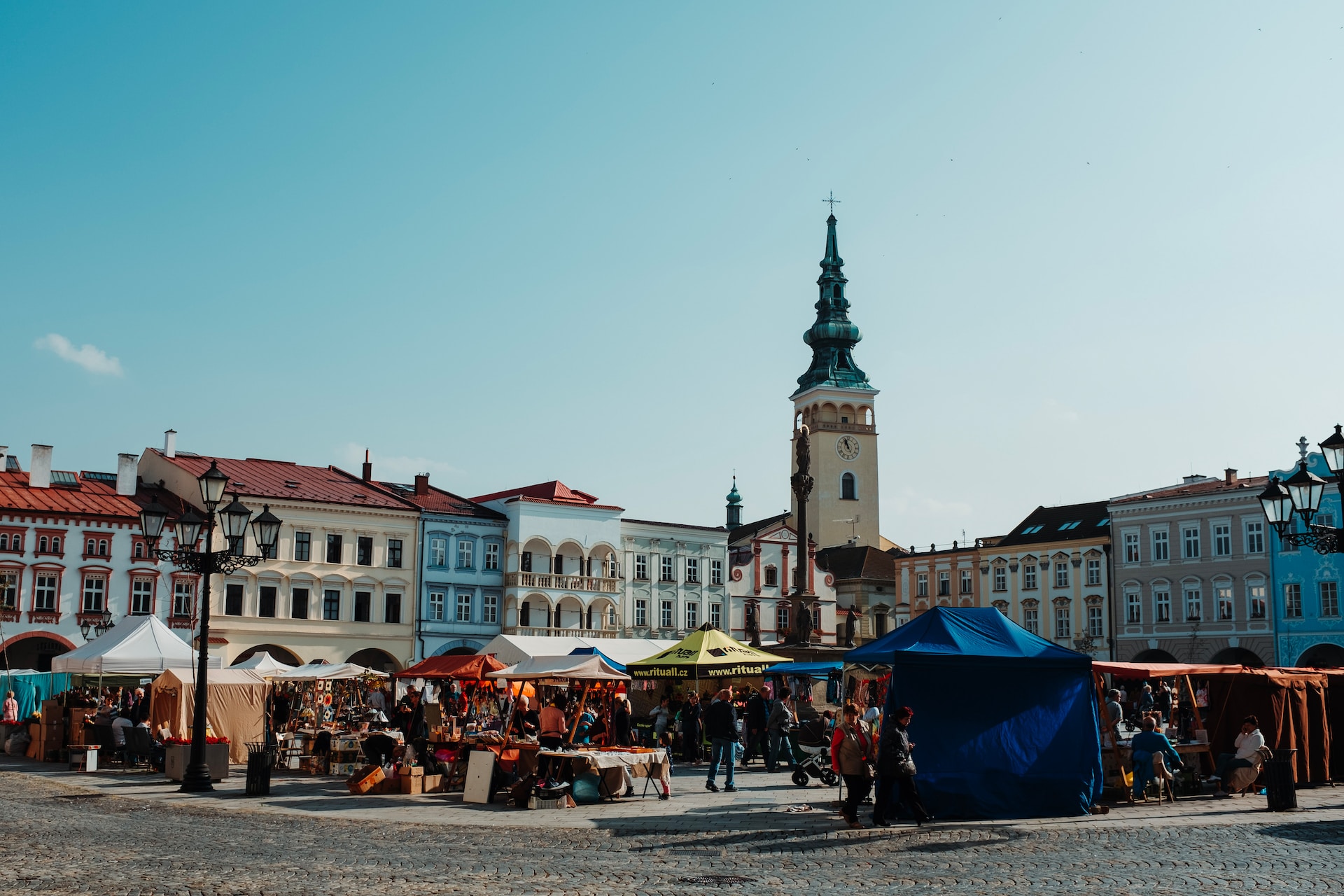Climate Change Impacts on Global Agriculture
Hey there! Ever wondered how that salad on your plate might become a luxury? Or why your morning coffee could get pricier? You’ve guessed it—climate change. It’s no secret that our planet’s getting warmer, and it’s messing with more than just the weather. Today, we’re diving into how this global phenomenon is reshaping agriculture across our blue and green marble.
The Science of Climate Change
What is Climate Change?
Imagine Earth had a thermostat that’s been cranked up a tad too high. That’s climate change for you—a long-term shift in temperatures and weather patterns, mainly due to human activities like burning fossil fuels, which pump greenhouse gases into our atmosphere.
How Does Climate Change Affect Weather Patterns?
Think of weather patterns as nature’s playlist. Now, climate change is like that friend who hijacks the music at a party, leading to a mix that’s a bit too unpredictable. We’re seeing more intense storms, erratic rainfall, and prolonged droughts. This chaotic mixtape directly impacts our ability to grow food.
Direct Impacts on Agriculture
Altered Crop Growth Cycles
Crops are getting confused. With warmer temperatures, many plants are flowering earlier or out of season, disrupting the finely tuned dance between planting and harvest times. It’s like showing up to a party on the wrong day.
Water Scarcity and Agriculture
Our crops are thirstier than ever, but the water’s running out. Climate change contributes to more frequent and severe droughts, turning once fertile fields into dust bowls. Imagine trying to cook pasta without water—tough, right?
Increased Pest and Disease Pressure
With warmer winters, pests are vacationing in fields longer, and diseases previously confined to tropical areas are moving northward. It’s as if pests have found an all-you-can-eat buffet, and unfortunately, our crops are on the menu.
Indirect Impacts on Agriculture
Economic Challenges
Farmers’ bank accounts are feeling the pinch. With crop failures more common, the cost of food production is climbing, making it harder to maintain the razor-thin profit margins farming already comes with.
Social Implications
Rural communities are on the frontline, bearing the brunt of climate change. As agriculture suffers, so do the livelihoods of millions who depend on it, leading to increased poverty and forced migrations.
Regional Spotlight
Case Study: The Sahel Region
The Sahel, a belt below the Sahara, is witnessing climate change live in action. Erratic rainfall and encroaching deserts make farming a gamble, with millions facing food insecurity.
Case Study: California’s Central Valley
Known as America’s salad bowl, California’s Central Valley is facing its own climate crisis. Droughts and water scarcity are challenging the region’s ability to produce nearly half of the U.S.-grown fruits, nuts, and vegetables.
Mitigation and Adaptation Strategies
Technological Innovations
From drought-resistant crops to precision agriculture, technology offers a beacon of hope. Innovations are helping farmers do more with less, ensuring that even as the climate changes, our ability to grow food does not falter.
Sustainable Farming Practices
Farmers are turning back to the old playbook, using techniques like crop rotation and natural pest control to reduce their environmental impact and build resilience against climate change.
Policy and Global Cooperation
This is a global challenge that requires a global response. Policies promoting sustainable agriculture, along with international cooperation, are crucial to ensure that countries can adapt to the changing climate without compromising food security.
Conclusion
As we ride off into the potentially hotter sunset, it’s clear that climate change is reshaping agriculture in profound ways. But it’s not all doom and gloom.

